
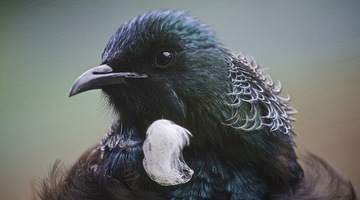
New Zealand is well known for its unique bird life. Our endemic birds evolved in an isolated, island environment. The arrival of people, the deliberate and accidental introduction of mammalian ...
READ MORE
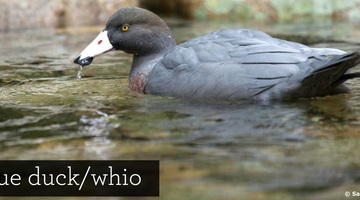
In this recorded professional learning session, Shanthie Walker from DOC and Lyn Rogers explore why the whio/blue duck is so important to New Zealand. They use the Department of Conservation Whio ...
READ MORE

The takahē (Porphyrio hochstetteri) is an endangered species and classed as nationally vulnerable under the New Zealand Threat Classification System. The takahē is a flightless bird found only in ...
READ MORE

Birdlife has been declining in the New Zealand bush for many years, mainly due to introduced predators such as rats and stoats. Professor Dave Kelly and Jenny Ladley of the University of ...
READ MORE
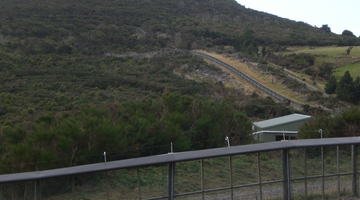
New Zealand birds evolved in isolation from natural predators for around 65 million years. When human settlers arrived, changes came rapidly, and birds were poorly adapted to withstand threats to ...
READ MORE

New Zealand is world famous for its unique birdlife. In our resources on conserving our native birds, we look at the issues surrounding the conservation of some of our threatened bird species ...
READ MORE

In this activity, students build a food web that represents the Aotearoa New Zealand bush ecosystem. Students use images of organisms within the ecosystem to explore the relationships between ...
READ MORE
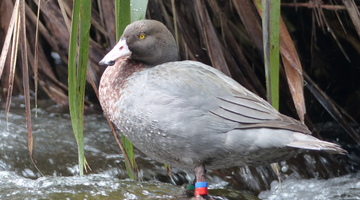
In this activity, students are given an opportunity to share what they know about the whio. Two methods of eliciting prior knowledge are modelled, whio bingo and an ideas wall. Although whio/blue ...
READ MORE

Ducks have three main types of feathers: flight, contour and down feathers. Each feather type provides a different function. Whio live in very cold water and so the insulating and waterproofing ...
READ MORE
Many New Zealand birds have declined in numbers, so Dave Kelly and Jenny Ladley of University of Canterbury study the effect this has on native bird-pollinated plants. Dave explains the need to ...
READ MORE
The Rhabdothamnus plant relies on bellbirds and stitchbirds for pollination. Dave Kelly of the University of Canterbury explains that, where these birds are absent, the plants are not surviving ...
READ MORE
Dave Kelly of the University of Canterbury explains how some introduced birds can pollinate native flowers, but they don’t very often. His assistant Jenny Ladley helps study bird pollinators in ...
READ MORE
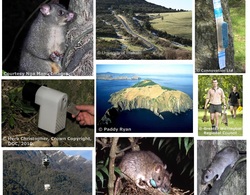
This slideshow allows students to consider some of the pros and cons of various methods of predator control. Use the Slideshow menu for further options, including view full screen, and go here ...
READ MORE
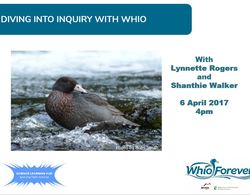
This slideshow, from the webinar Making sense of data, provides additional support for the video tutorial. Use the Slideshow menu for further options, including view full screen, and go here for ...
READ MORE

This slideshow contains some wonderful information about takahē. It also supports learning about community studies for the Biology Achievement Standard 91158. Use the Slideshow menu for further ...
READ MORE